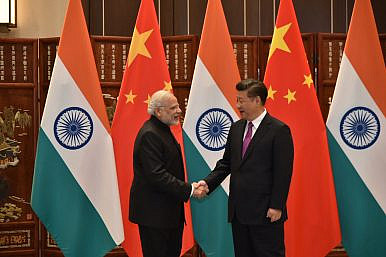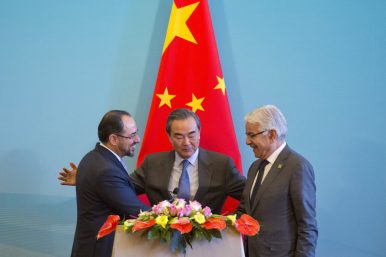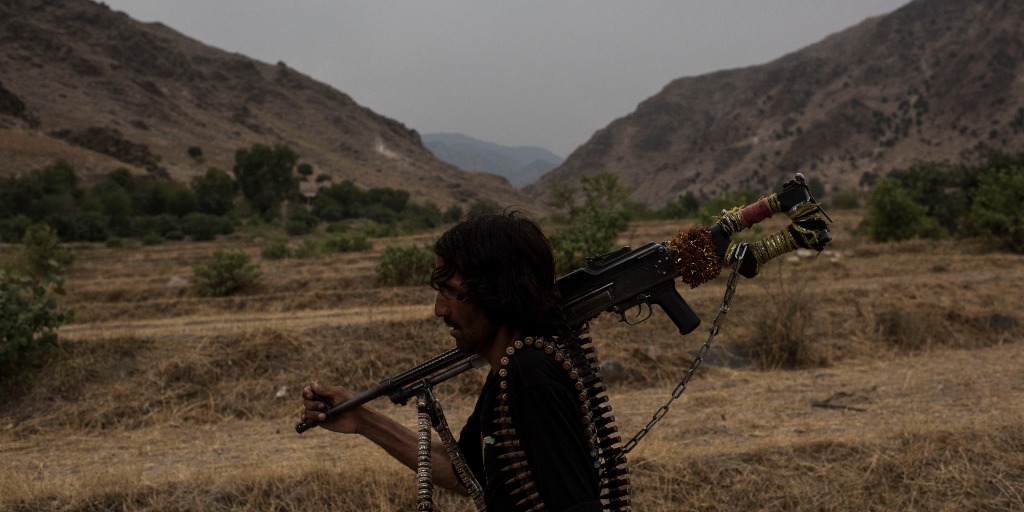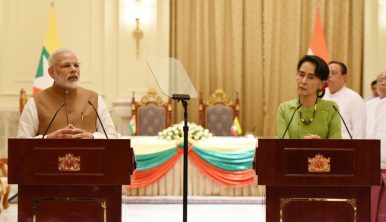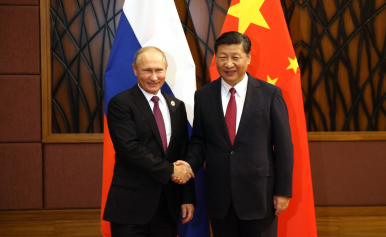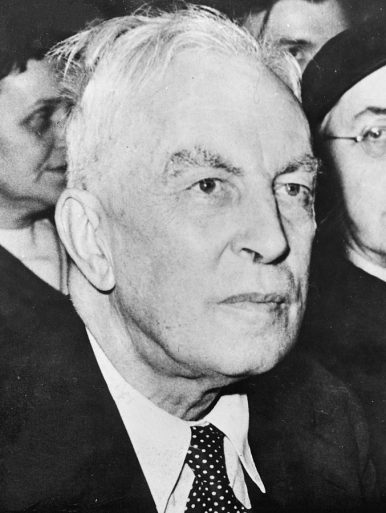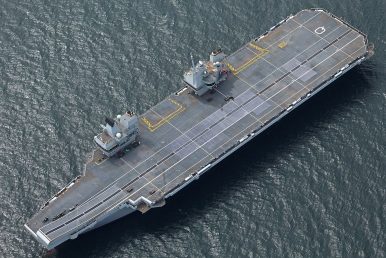Asia’s New Geopolitics
-- Maj Gen P K Mallick,VSM (Retd)
Mr Shivshankar Menon is Distinguished Visiting Research Fellow at Institute of South Asian Studies National University of Singapore (ISAS). In a long diplomatic career before he became the National Security Advisor to the Prime Minister of India, Mr Menon had served, at different times, as India’s Foreign Secretary, High Commissioner to Sri Lanka and Pakistan, and Ambassador to China. He had presented as the inaugural ISAS Lecture Series titled ‘Asia’s New Geopolitics’ on 18 December 2017. The lecture was organised by the Institute of South Asian Studies (ISAS), an autonomous research institute at the National University of Singapore (NUS).
I find this talk very interesting. Here is some snippets.
Asia’s New Geopolitics
Asia’s phenomenal economic success has resulted in shifts in the political and military balance of power. What do these mean for Asian geopolitics? Will Asia be able in the future to keep the security and peace that made Asia’s economic transformation possible in the past?
Are we in a New Era?
Consider, first, whether we are in a new era. The signs, or four big trends, indicate this.
1. The Shift in the Balance of Power between States. As a result of the high tide of globalisation, of which China and India were the greatest beneficiaries, economic power has shifted and is much more widely held than before in the world. The preponderant change is the rise of China, but other powers have also grown.
2. Transformation of Domestic Politics around the World. Among the consequences of the decades of globalisation have been the growing inequality within societies, fears of loss of identity and the diminishing capacity of the state or government to determine economic and social outcomes.
3. Revolutions in Technology, Energy and Economics. The very nature of power and its exercise is changing due to technology. Human ingenuity is devising new uses for technology, and rapid revolutions in energy, artificial intelligence (AI), digital manufacturing, and information and communication technology (ICT) are transforming the landscape of politics. The new ICT, AI and other technologies are largely held in private hands and are less the result of big science and large state investments than of individual innovation and enterprise facilitated by government effort. This makes regulating their use more complicated and guarantees that the technologies are available to most of those who wish to use them, irrespective of their good or bad intent.
The cyber domain is available to all groups. Political parties, states and governments have been quick to use cyber space for their own purposes.
The energy revolution, particularly the use of shale oil and gas, and the increasing cost effectiveness of renewable energy are changing the geography of power. The US, having become a net exporter of energy, has less incentive to maintain political stability in West Asia and can now allow its perceived political interests, like preventing Iranian predominance in the region, to override its economic interest in the stability required to keep the oil flowing.
4. New Security Agenda Issues. New technologies like ICT have created new domains. And we see contention in each of them – the maritime, cyber and outer space domains are all contested and increasingly militarised, not just by states but by non-state actors as well. The new technologies have made national 10 boundaries porous. The new security agenda issues like the environment or energy, counterterrorism or pandemics, cyber and space security, all require cooperative and global solutions. None of them recognise national or sovereign boundaries, or sub-regional and continental borders. It, therefore, is useful think in larger continental terms when we consider how to deal with these challenges.
Why do we Speak of Asia when Western and Eastern Asia are so different?
No western Asian economy figures in the top five Asian economies by GDP, in either nominal or PPP terms. Asia, with 4.4 billion people (about 60 per cent of the world’s population) in 49 states, increasingly drives global prosperity and affects global security. India’s security and defensive interests in western Asia remain. Over seven million Indians live and work in the Persian Gulf and Saudi Arabia, more than 63 per cent of India’s crude oil imports come from the region, and we risk the spread of radical or political Islam to India from western Asia, which is already the major funder and inspiration for jehadi terrorist groups in India after Pakistan. India, therefore, has no option but to be engaged in the region and to work with all those who will cooperate against radicalism and terrorism, finding partners where it can.
The Search for Ideas and a New Order.
Today neither the traditional dominance of the US’ “hub-and-spokes” alliance system as a provider of security in the Asia-Pacific, nor a potential China-US understanding or G-2, can settle, calm or manage issues like the North Korea nuclear weapons programme, the consequences of the return of geopolitics, the arms buildup, territorial and maritime disputes and flash points like the south China sea, or the balancing behaviour that we see in the Asia-Pacific.
Features of the New Era.
Today, a crisis in the Baltic, Ukraine or Crimea is important to Europe, the US and Russia, but is not a significant risk to the rest of the world, or to the emerging markets. Powers like India and China can sit quiet on Ukraine. A North Korean nuclear crisis, on the other hand, today involves major powers and affects the global balance and global risk. While the centre of gravity of world geopolitics has shifted to the Asia-Pacific, at the same time, the east has been effectively decoupled from the west, the Asia-Pacific from Europe in terms of geopolitics. The Trump administration is trying to decouple the US from the world.


